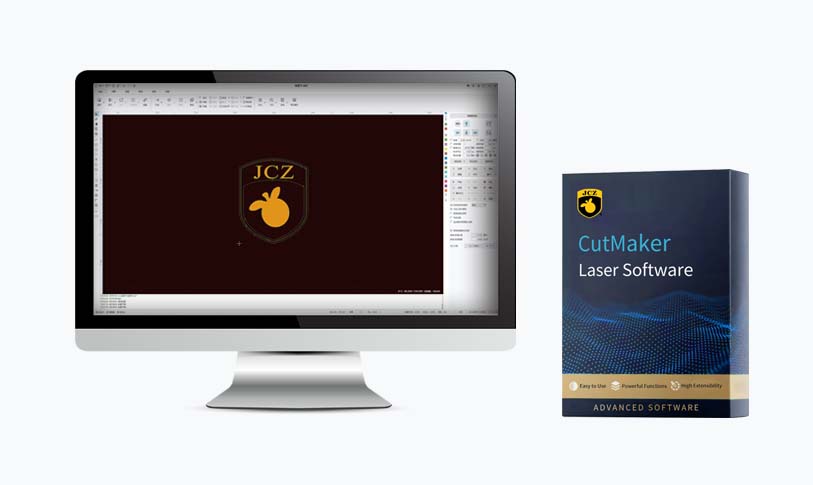[pulse industries laser]Exploring the Revolutionary Impact of Pulse Industries Laser Technology on Modern Manufacturing and Its Future Prospects
****
In recent years, the manufacturing sector has witnessed a significant transformation, largely driven by advancements in technology. Among the most noteworthy innovations is the emergence of pulse industries laser technology. This cutting-edge method not only enhances efficiency but also revolutionizes the way products are fabricated across various industries, including automotive, aerospace, electronics, and more. This article delves into the principles of pulse industries laser technology, its applications, benefits, and future prospects.
Understanding Pulse Industries Laser Technology

Exploring the Revolutionary Impact of Pulse Industries Laser Technology on Modern Manufacturing and Its Future Prospects
Pulse industries laser technology refers to a laser system that emits light in short, high-energy bursts. Unlike traditional continuous wave lasers, pulsed lasers create extremely high peak powers for very brief periods, enabling specific and precise processes such as cutting, welding, engraving, and surface treatment. The pulse duration can vary from nanoseconds to femtoseconds, allowing for a vast range of applications.
One of the central components of a pulsed laser is its ability to concentrate energy in a short burst, which can significantly increase the customizability and precision of the laser’s impact on a material. This capability is especially useful in processing materials that are sensitive to heat, as the rapid delivery of energy minimizes heat-affected zones.
Applications of Pulse Industries Laser Technology
The applications of pulse laser technology span numerous fields:
1. **Automotive Manufacturing**: Pulse lasers are increasingly used for welding various components of vehicles. Their precision allows manufacturers to join materials such as steel and aluminum without compromising their structural integrity. High-speed laser cutting also plays a crucial role in producing intricate parts for vehicles.
2. **Aerospace Engineering**: In aerospace, weight and strength are crucial. Pulse lasers facilitate the joining of lightweight materials, making it possible to create robust components while reducing overall weight. They are also instrumental in surface treatment processes that enhance component resilience against environmental factors.
3. **Medical Devices**: The healthcare industry benefits from the precision of pulse industries laser technology in crafting intricate medical devices and surgical instruments. These lasers can generate seamless cuts without damaging surrounding tissues or materials, leading to improved outcomes and safer procedures.

Exploring the Revolutionary Impact of Pulse Industries Laser Technology on Modern Manufacturing and Its Future Prospects
4. **Electronics**: As electronic devices become increasingly miniaturized, the need for precision manufacturing grows. Pulse lasers adeptly perform tasks such as cutting circuit boards, engraving identification codes on devices, and structuring microchip components with extreme accuracy.
5. **Art and Design**: The versatility of pulse lasers has found its way into the hands of artists and designers who utilize them for engraving, cutting, and creating unique patterns. The ability to manipulate various materials—from wood to glass—has opened new avenues of creativity.
Benefits of Pulse Industries Laser Technology
The adoption of pulse industries laser technology offers several advantages:
– **Precision**: The accuracy of pulse lasers ensures that intricate designs and tight tolerances can be achieved, which is essential in high-tech industries.

Exploring the Revolutionary Impact of Pulse Industries Laser Technology on Modern Manufacturing and Its Future Prospects
– **Minimal Heat Damage**: The short bursts of energy delivered by pulse lasers reduce heat diffusion into the surrounding material, minimizing the risk of thermal distortion or damage.
– **Customization**: Pulse lasers can be easily programmed, allowing for rapid changes in production processes and facilitating custom designs without significant downtime.
– **Reduced Waste**: The exactness of laser cutting minimizes material waste, contributing to cost savings and more sustainable manufacturing practices.
– **Automation and Speed**: These systems can be integrated with automated manufacturing lines, allowing for faster production rates while maintaining high-quality standards.
Future Prospects
The future of pulse industries laser technology looks promising. As industries continue to push for faster production cycles and higher precision, innovations in laser technology are expected to keep pace. Ongoing research focuses on improving pulse laser performance, enhancing beam quality, and increasing the efficiency of existing systems.
Moreover, as automation and smart factory concepts proliferate, the integration of pulse laser technology into the Internet of Things (IoT) will likely enable real-time monitoring and adjustments during manufacturing processes. This development could lead to even greater efficiencies and reductions in waste.
In conclusion, pulse industries laser technology is redefining modern manufacturing. With its remarkable precision, minimal heat impact, and versatility across diverse applications, it is an essential asset in various industries and holds tremendous potential for the future. As we continue to explore and harness this technology, it is poised to drive innovation and reshape how products are created in the years to come.laser cutter design software
